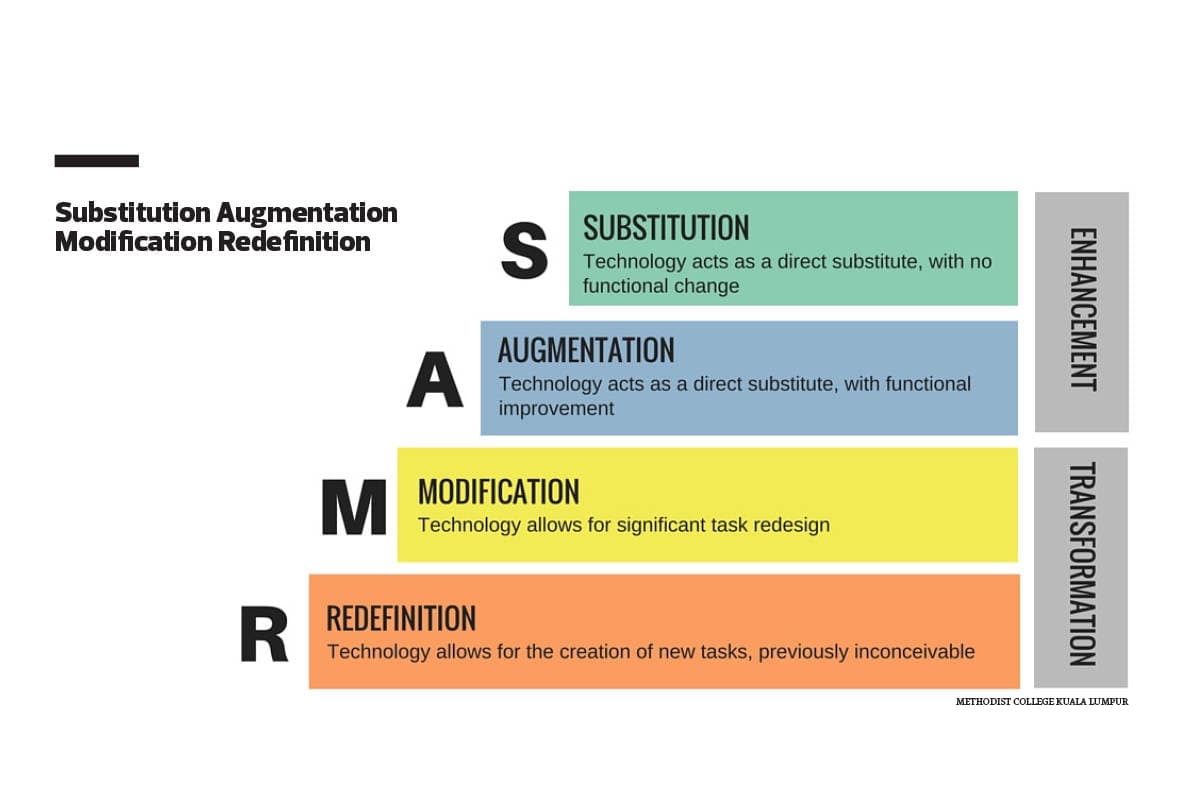
This article first appeared in Digital Edge, The Edge Malaysia Weekly on April 25, 2022 - May 1, 2022
Stories of dedicated teachers are always an inspiration. It speaks to our hopes for a better future, in the passing of knowledge to the younger generation. At the same time, in today’s digital world, are they enough?
We know of a teacher named Eng, who spends seven days of the week teaching, prepping class materials, helping weaker students, marking homework and everything else in between that a teacher does.
Even when she became ill with Covid-19, her dedication never wavered. Rest and sleep were sacrificed to guide students in the run-up to SPM.
Yet, despite the best efforts of teachers like Eng, can the current education system truly prepare our next generation to fulfil the world’s human capital needs in the information age?
Digital gap
As terms like “21st-century skills”, “hybrid jobs” and “digital fluency” flood our stream of consciousness in a fast-paced world, what is certain is the importance of robust digital frameworks in education.
Technology in the classroom is no longer a nice-to-have, it is a must-have. When closures were announced during the height of the outbreak, many educational institutes were caught flat-footed. It was a scramble to find substitutes for classroom learning.
The drastic Covid-19 changes implemented on not just how we learn, but how we work and play may be here to stay in the post-pandemic age — much like how the Sept 11, 2001, terror attacks in the US changed air travel forever.
Through consultative engagements with senior leaders from various educational institutions since 2019, findings by Fedelis, a local Microsoft Partner, show that only a few have conceptualised a digital blueprint. Most schools surveyed have none.
For perspective, there are about 2,500 secondary schools, 400 private higher educational institutions and 20 public universities in Malaysia.
Frameworks to embed digital literacy have become crucial. Firstly, it is to equip students with 21st-century skills. Secondly, it is to facilitate a productive learning environment in the face of disruptions like Covid-19.
Consider this, we landed a man on the moon more than 50 years ago. Imagine what we can do with the technology available now.
Meaningful integration
Since the pandemic began, at least 4,000 teachers have managed to transition to online teaching, enabling learning to continue during extended periods of school closures.
This substitution phase is but a first step. In 2010, Ruben Puentedura, a renowned expert on technology and education, developed the Substitution Augmentation Modification Rede-
finition (SAMR) model that points to a four-step process to successfully acquire digital evolution.
The highest level of the SAMR model sees its adopter completely transforming its business model, leveraging technology to achieve previously unachievable outcomes.
Using the SAMR model and tools like the Microsoft Education Transformation Framework — a free-to-use tool to help schools jumpstart their digital transformation — a few educational institutions have avoided much of the last-minute panic that ensued during the lockdown. Staff and students were ready to substitute various daily routines in an online or hybrid environment.
Methodist College Kuala Lumpur (MCKL), for example, began the rollout of a digital learning management system (LMS) that pre-dates the onset of the pandemic that has managed to garner a 96% adoption rate.
In another example, Saito University College has made digital literacy a core component of its syllabuses, including in highly underserved industries such as security and law enforcement. This way, these students who may not be prime candidates for other universities, will not be left behind.
The implementation of digital systems means lectures are held using various tools, from pure meeting tools like Zoom, Webex or Google Meet, to collaborative platforms such as Microsoft Teams, where online lessons can be conducted, recorded and reviewed.
Collaboration with course mates on assignments, managing information and data, online discussions, and so much more have also become possible depending on the capability of the platforms. Students are learning about and using the very tools that will be needed for future jobs.
A strong transition is possible if our educators embrace a visionary mindset.
Up the ante
To thrive in the 21st century, we must increase the pace. The educational institutions that do not have a digital blueprint should be in the minority, not the majority.
More classrooms across our colleges and universities need to be retrofitted to prepare for an age of digital and hybrid learning. It is the forward-thinking schools that will be most equipped to help students navigate a fast and furiously digital future.
Technology in the classroom is here to stay, thus it should be a forethought and not an afterthought.
Adrian Yao is academic director of external programmes at Methodist College Kuala Lumpur.
Vincent Choy is a senior consultant at Fedelis Sdn Bhd, a boutique IT firm focusing on cloud technology and business-led analytics.
Save by subscribing to us for your print and/or digital copy.
P/S: The Edge is also available on Apple's App Store and Android's Google Play.
